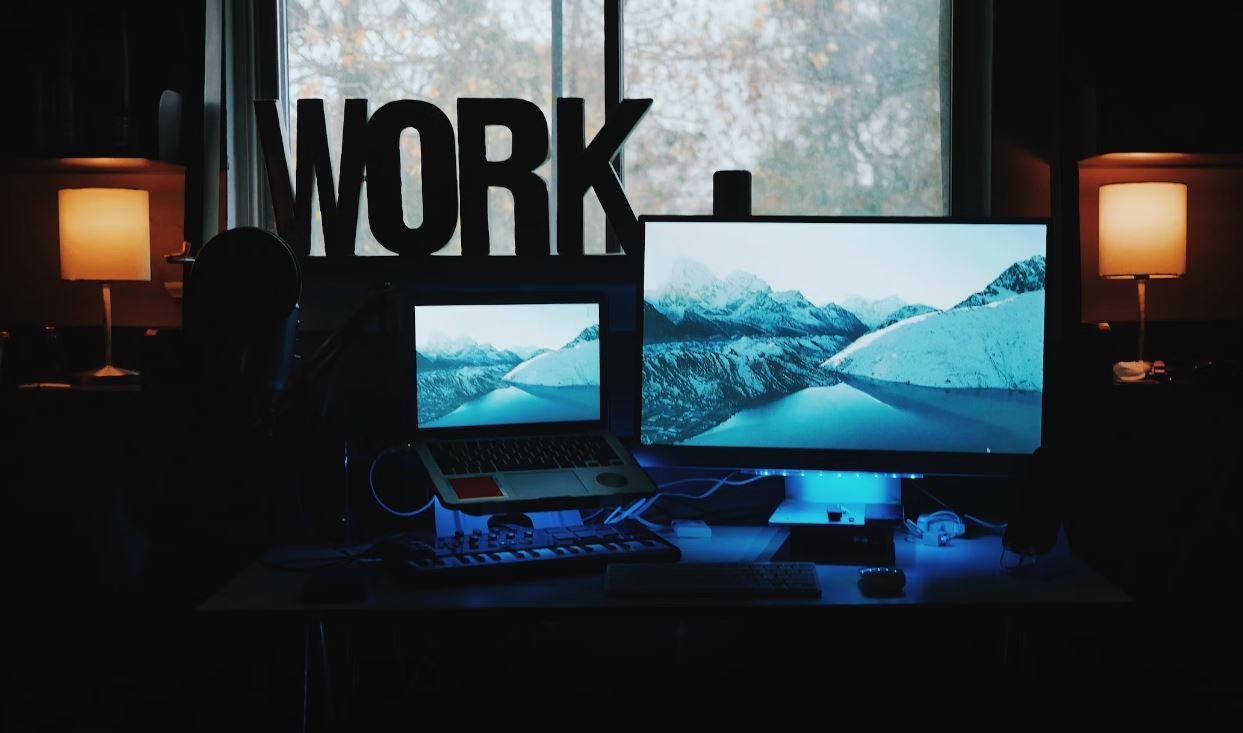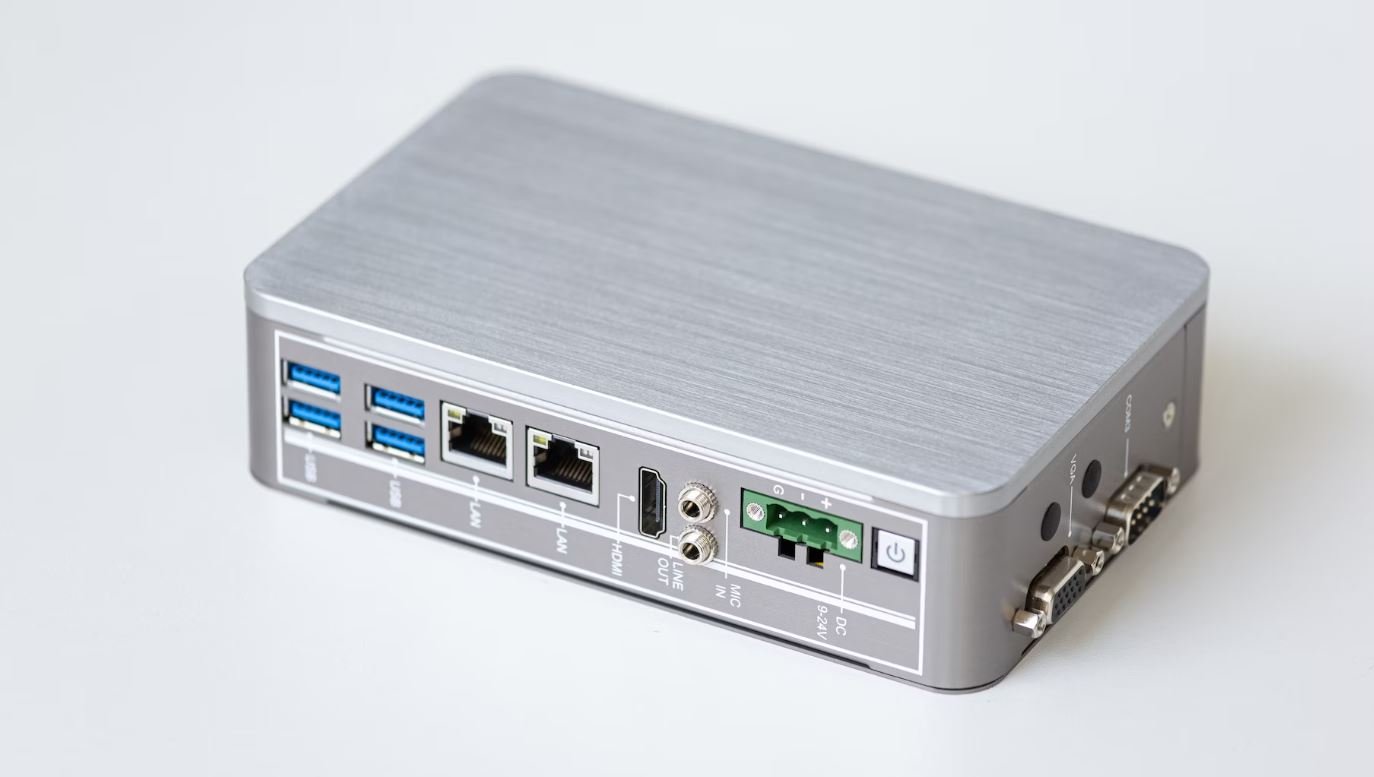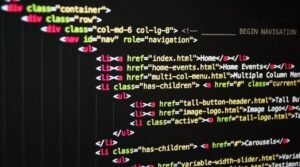How Deepfake Can Affect Authenticity of the News
With the rise of technology, new challenges have emerged, among them being the authenticity of news. Deepfake, a technique that uses artificial intelligence to manipulate or generate fake audio and video content, poses a significant threat to the credibility of news sources.
Key Takeaways
- Deepfake technology allows for the creation of highly realistic fake audios and videos.
- Deepfakes can be used to spread misinformation and manipulate public perception.
- Journalists and news platforms must be vigilant in verifying the authenticity of content.
- Education and awareness are crucial in combating the negative effects of deepfakes.
**Deepfake** technology has reached a level where it can generate incredibly convincing fake audios and videos. These realistic forgeries blur the line between fact and fiction, making it increasingly difficult to discern what is real and what is manipulated. *The ability to create highly authentic-looking deepfakes poses a significant challenge to the authenticity of news articles and video reports.*
The Impact of Deepfake on News Authenticity
The implications of deepfake technology on news authenticity are far-reaching. Not only can deepfakes be used to discredit politicians or public figures, but they can also be employed in spreading viral disinformation, manipulating public opinion, and inciting social unrest. *As deepfakes become more advanced and accessible, the risk of misinformation and its impact on society grows.*
The Importance of Verification in Journalism
**Verification** is crucial in ensuring the accuracy and legitimacy of news content. Journalists and news organizations must employ rigorous fact-checking and verification processes to counteract the potential influence of deepfakes. By **confirming the authenticity of sources and content**, journalists can maintain the integrity of their reporting and reduce the spread of misinformation. *Accurate verification methods act as a shield against the dangers posed by deepfake technology.*
The Role of Education and Awareness
Education and awareness play a vital role in combating the negative effects of deepfake technology. Public awareness campaigns, media literacy programs, and educational initiatives can equip individuals with the skills necessary to identify and question the authenticity of media content. *By empowering individuals to be critical consumers of news, society can mitigate the impact of deepfake-generated misinformation.*
Deepfake Statistics
| Year | Number of Deepfake Videos |
|---|---|
| 2017 | 8,962 |
| 2018 | 14,678 |
| 2019 | 96,747 |
Counteracting Deepfakes: Best Practices
- Implement strong authentication methods for content sources.
- Utilize blockchain technology to create an immutable and traceable record of news articles.
- Encourage news organizations to disclose their verification processes and policies.
- Promote collaboration between journalists, tech experts, and researchers to develop and improve detection algorithms.
Deepfake Detection Accuracy
| Year | Accuracy Rate |
|---|---|
| 2018 | 65% |
| 2019 | 86% |
| 2020 | 94% |
Adapting to the Deepfake Era
As technology advances, new threats arise, and the authenticity of news becomes increasingly vulnerable. It is imperative for society, journalists, and technology experts to continuously adapt and develop strategies to counteract the negative effects of deepfakes. *By staying vigilant and proactive, we can strive for a more authentic news landscape.*

Common Misconceptions
Misconception 1: Deepfake technology is only used for creating fake celebrity videos
One common misconception about deepfake technology is that it is primarily used for creating fake videos of celebrities, where their faces are superimposed onto other people’s bodies. While this use of deepfake technology has gained significant attention, it is just the tip of the iceberg. Deepfakes can be used to manipulate and distort any type of video content, including news footage.
- Deepfakes can be created using anyone’s face, not just celebrities
- News outlets are vulnerable to deepfake manipulation, making authentic news stories harder to distinguish
- Deepfakes can be used to undermine the credibility of politicians and public figures
Misconception 2: Deepfakes are always easy to detect
Another misconception is that deepfakes are always easy to detect. While there are certain signs that can indicate a video has been manipulated using deepfake technology, such as unnatural facial movements or inconsistencies in lighting, deepfake algorithms are constantly improving. As a result, it is becoming increasingly difficult to distinguish between real and deepfake videos.
- Deepfake videos can have realistic details that are hard to distinguish from real footage
- The use of AI algorithms in deepfake creation enhances the authenticity of manipulated videos
- Advanced deepfake techniques can generate lip-syncing and facial expressions that closely match the original video
Misconception 3: Deepfakes will only impact entertainment media
Many people assume that the impact of deepfake technology will be limited to the entertainment industry, but that is far from the truth. The potential consequences of deepfakes on news and media authenticity are substantial. Deepfakes have the power to spread misinformation, discredit individuals, and even manipulate the outcome of important events, such as elections and court hearings.
- Deepfakes can be weaponized to damage the reputation of news outlets, journalists, and public figures
- The spread of deepfake news can erode public trust in the media
- Political campaigns can exploit deepfakes to sway public opinion and gain unfair advantages
Misconception 4: Deepfakes will be easily regulated and controlled
There is a misconception that governments and technology companies will swiftly regulate and control the use of deepfake technology. However, the reality is that deepfake creation is becoming increasingly accessible, making it difficult to enforce regulations effectively. Additionally, the constantly evolving nature of deepfake technology poses challenges for regulators.
- Deepfakes can be created by anyone with access to basic technology and software
- The international nature of the internet makes it hard to enforce regulations on deepfake creators
- Deepfake detection technologies struggle to keep up with the rapid advancements in deepfake creation
Misconception 5: Deepfakes are a distant future concern
Some people believe that deepfakes are a concern for the distant future and not a pressing issue in the present. However, the reality is that deepfakes are already being used to deceive and manipulate. News outlets and individuals must be prepared to respond to the challenges posed by deepfakes in today’s media landscape.
- Instances of deepfake usage for malicious purposes are already on the rise
- News consumers need to be vigilant and verify the authenticity of information
- Organizations and individuals must invest in deepfake detection and prevention measures

Introduction
Deepfake technology has emerged as a powerful tool that can manipulate and fabricate audiovisual content, raising concerns about the authenticity of the news. With its ability to create highly convincing fake videos, deepfakes have the potential to deceive viewers and undermine trust in journalism. This article explores various aspects of deepfakes and their impact on the authenticity of news, highlighting the need for vigilant media consumption and technological advancements to combat this threat.
Table: Incidents of Deepfake Misinformation
This table showcases notable incidents where deepfakes have been used to spread misinformation or fabricate news stories.
| Date | Incident | Consequences |
|---|---|---|
| July 2019 | Deepfake video of a politician making inflammatory remarks goes viral | Caused public outrage and harmed the politician’s reputation |
| March 2020 | Deepfake video falsely claims a celebrity endorses a controversial product | Resulted in the spread of misinformation and damage to the celebrity’s public image |
| January 2021 | Deepfake news report misleads viewers about an ongoing crisis | Created panic and confusion among the public |
Table: Social Media Platforms’ Policies on Deepfakes
This table outlines the policies adopted by major social media platforms to address the spread of deepfake content.
| Platform | Policy | Enforcement |
|---|---|---|
| Explicitly bans deepfakes that are intended to deceive or cause harm | Combines human review and automated systems for content moderation | |
| YouTube | Prohibits deepfakes that violate their community guidelines | Relies on AI algorithms and user reports for identification and removal |
| Policies focus on manipulated media, including deepfakes, that may mislead people | Relies on user reports and integrates fact-checking partnerships |
Table: Tools and Technologies to Detect Deepfakes
This table presents various tools and technologies being developed to detect deepfake videos.
| Tool/Technology | Description | Accuracy |
|---|---|---|
| Deepfake Detection Challenge | An ongoing competition to develop effective algorithms for identifying deepfakes | Varies, with increasing accuracy as techniques evolve |
| FaceWarps | Software that analyzes facial landmarks to detect anomalies and signs of manipulation | High accuracy in detecting subtle visual distortions |
| AI-based Lip Movement Analysis | Uses machine learning to analyze lip-sync accuracy in videos to detect digital manipulation | Promising results, but still requires further refinement |
Table: Public Perception of Deepfakes
This table presents the public’s perception and concerns regarding deepfake technology.
| Perception/Concern | Percentage of Survey Respondents |
|---|---|
| Fear of political manipulation | 63% |
| Worry about the spread of misinformation | 79% |
| Loss of trust in online media | 88% |
Table: Legal Measures Against Deepfakes
This table outlines legal measures being taken to address the challenges posed by deepfakes.
| Country | Law/Policy | Scope |
|---|---|---|
| United States | California Assembly Bill 730 | Prohibits deepfake distribution within 60 days of elections |
| South Korea | Act on the Promotion of Information and Communications Network Utilization and Information Protection | Regulates deepfake creation and distribution |
| United Kingdom | Law Commission’s Consultation Paper on Harmful Online Communications | Considers criminalizing the creation and dissemination of deepfakes with malicious intent |
Table: Potential Positive Use Cases of Deepfakes
This table showcases potential positive applications of deepfake technology.
| Area | Application | Benefit |
|---|---|---|
| Entertainment | Creating realistic digital doubles for movies and video games | Enhances visual effects and immersive experiences |
| Disaster Preparedness | Simulating emergency situations for training purposes | Improves emergency response and preparedness |
| Historical Preservation | Reviving historical figures through realistic deepfake portrayals | Preserves cultural heritage and offers new educational opportunities |
Table: Future Implications of Deepfakes
This table explores potential future implications of deepfake technology.
| Area | Implication |
|---|---|
| Cybersecurity | Increase in social engineering attacks and identity theft |
| Legal System | Challenges in maintaining video evidence credibility in court proceedings |
| Journalism | Heightened skepticism and cautious verification measures |
Table: Ethical Considerations of Deepfakes
This table discusses ethical considerations surrounding the use of deepfake technology.
| Ethical Concern | Description |
|---|---|
| Informed Consent | Creating deepfakes without consent can violate an individual’s privacy and consent rights |
| Misrepresentation | Using deepfakes to impersonate or falsely attribute statements can be highly deceptive |
| Democracy and Trust | Deepfakes can erode trust in democratic processes and institutions |
Conclusion
The increasing prevalence of deepfake technology poses significant challenges to the authenticity of news and societal trust. The tables presented in this article highlight the diverse aspects surrounding deepfakes, ranging from incidents of misinformation to detection tools, public perception, legal measures, potential applications, and ethical considerations. Combating the negative impacts of deepfakes will require a multi-faceted approach involving media literacy, technological advancements, policy frameworks, and collaborative efforts. Staying alert, verifying sources, and promoting responsible use of this technology will be crucial to ensuring the integrity of news and public discourse.
Frequently Asked Questions
How does deepfake technology affect the authenticity of news?
Deepfake technology can manipulate audio and video content to create realistic but fabricated media, potentially leading to the spread of false information or misinformation through news outlets.
What is a deepfake?
A deepfake is a digitally altered video or audio clip that uses artificial intelligence and machine learning techniques to manipulate someone’s appearance or voice to make it seem like they are saying or doing something they did not.
Why is the authenticity of news compromised by deepfakes?
Deepfakes can make it difficult for viewers to distinguish between real and fabricated content, leading to a loss of trust in news sources and an increased potential for the spread of false information.
Can deepfake technology be used to manipulate news reports?
Yes, deepfake technology can be used to manipulate news reports by altering the appearance or voice of individuals to make it seem like they are involved in a specific event or making certain statements, even if they did not.
How can deepfakes impact public opinion?
Deepfakes can sway public opinion by presenting false or misleading information that can alter the perception and understanding of factual events, which in turn can influence decision-making processes.
Are deepfakes only used in political contexts?
No, deepfakes can be used in various contexts, including but not limited to politics. They can be used for entertainment, satire, impersonation, or to create misleading content for malicious purposes.
What are the potential consequences of deepfake technology on society?
The consequences of deepfake technology on society include the erosion of trust in media, the potential for creating social unrest or division, damage to someone’s reputation or privacy, and the difficulty in discerning reality from fiction.
How can individuals identify deepfakes and verify the authenticity of news?
Identifying deepfakes can be challenging, but individuals can adopt critical thinking skills, fact-check information from multiple sources, be cautious of sensational or out-of-context content, and rely on trusted news outlets or experts in the field.
What are the efforts being made to combat the influence of deepfakes on the news?
Various organizations, including technology companies, academic researchers, and media platforms, are developing tools and algorithms to detect and flag deepfake content, along with promoting media literacy and raising awareness about the threat of deepfakes to news authenticity.
Is legislation in place to address the negative impact of deepfake technology on news authenticity?
While there are ongoing discussions regarding legislation to address deepfakes’ negative impact, specific laws aimed at combating deepfakes may vary across jurisdictions. However, many countries are exploring or have implemented legislation to address the use of deepfakes for malicious purposes or to mislead the public.




